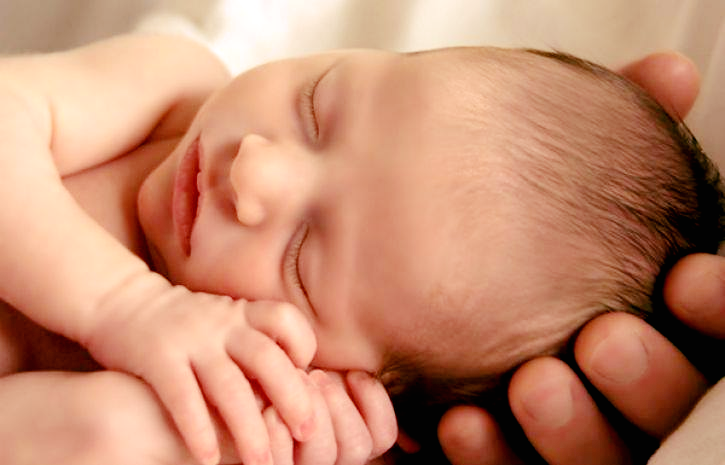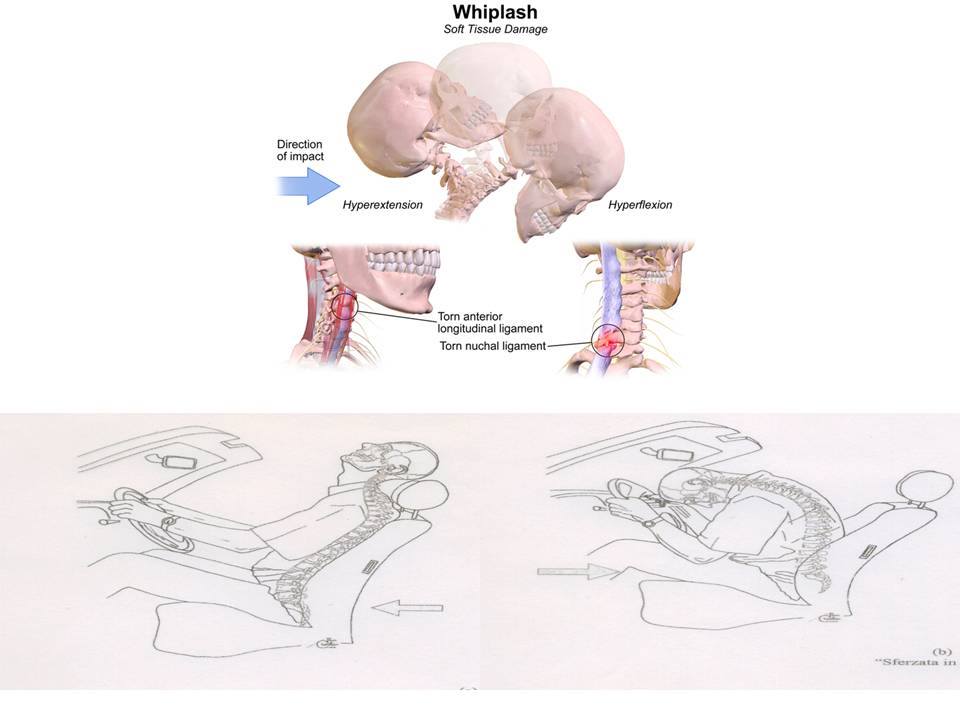As a matter of fact, Osteopathy help get better head’s shape.
There are a number of different kinds of cranial asymmetries and each cranial shape exists for its own particular reason that maybe or maybe not be a problem. But when the shape invalidates functions we need to take care of it.
The Whiplash
Whiplash is an unexpected acceleration- deceleration mechanism of the cervical spine due to a variation in speed towards one direction with a sudden change in the opposite direction.
The WHO (World Health Organization) discerns the lesion mechanism Whiplashfrom the injuries of the event Whiplash injury (reversal of the cervical spine, injury of the anterior longitudinal ligament, etc.) and the secondary symptoms of the trauma Whiplash associated disorders (general pain in the body, nausea, vomiting, headache, dizziness and loss of balance, mood disorders, fatigue etc.)
Car crash is the classic example of whiplash.
During this unexpected event, the body hasn’t the chance of defending itself and the lack of reaction causes a traumatic wave which goes through the body. It begins from the pelvis and spreads throughout the spine and through all the tissue and organs. The first reactions involving deeply the body are contractions and stiffness of the structures, associated with emotional reactions such as fear, anxiety, panic.
Whiplash affects the person as a whole, disturbing the homeostasis.
The Ostheopath will work on the whole body, evaluating patient symptoms, making a physical exam and focusing on all the structures that might be affected (such as pelvis, sacrum, abdomen, skull), not only on the cervical spine.
The treatment will aim at ensuring that the person finds is balance.
What to expect from an Osteopathic treatment?
What to expect from an Osteopathic treatment? How does it work? In practice, what does it consist of?
Patients often have a lot of doubts about what to expect at their first appointment: what will the osteopath ask me, what will he/she do, how do I have to wear, do I have to bring medical tests…etc.
The session takes place with an initial case history (questions about present and past health of the patient can be useful for the Osteopath to understand the cause of patient’s problem) and then a physical examination (through observation and several orthopedic/neurologic/osteopathic tests).
The patient may be asked to remove some clothing to carry out the examination and treatment. The patient’s privacy and will should always be respected during this process.
Then the osteopathic treatment will start, based on all collected information. The treatment is exclusively manualand will use several type of techniques ( structural, fascial, craniosacral..etc) depending on the patient’s need.
At the end of the treatment the Ostheopath could make a recap, give suggestions and plan therapeutic path to restore the patient’s well-being. The number of sessions may change depending on the patient’s response to treatments.
Remember: Osteopathy is a service and it serves the patient’s well-being, so the Osteopath acts accordingly. The important think is that you feel comfortable during the whole process!
The treatment is not painful (there could be only some pain while treating but it’s temporary), usually patients describe it (I’m one of these patients) like a pure wellness treatment.



Recent Comments